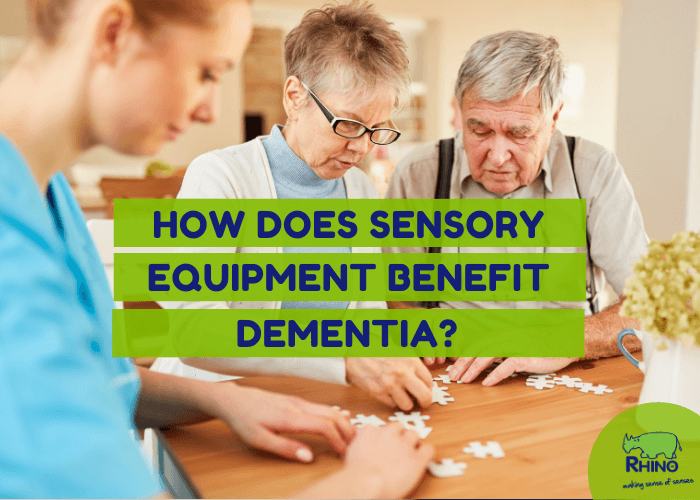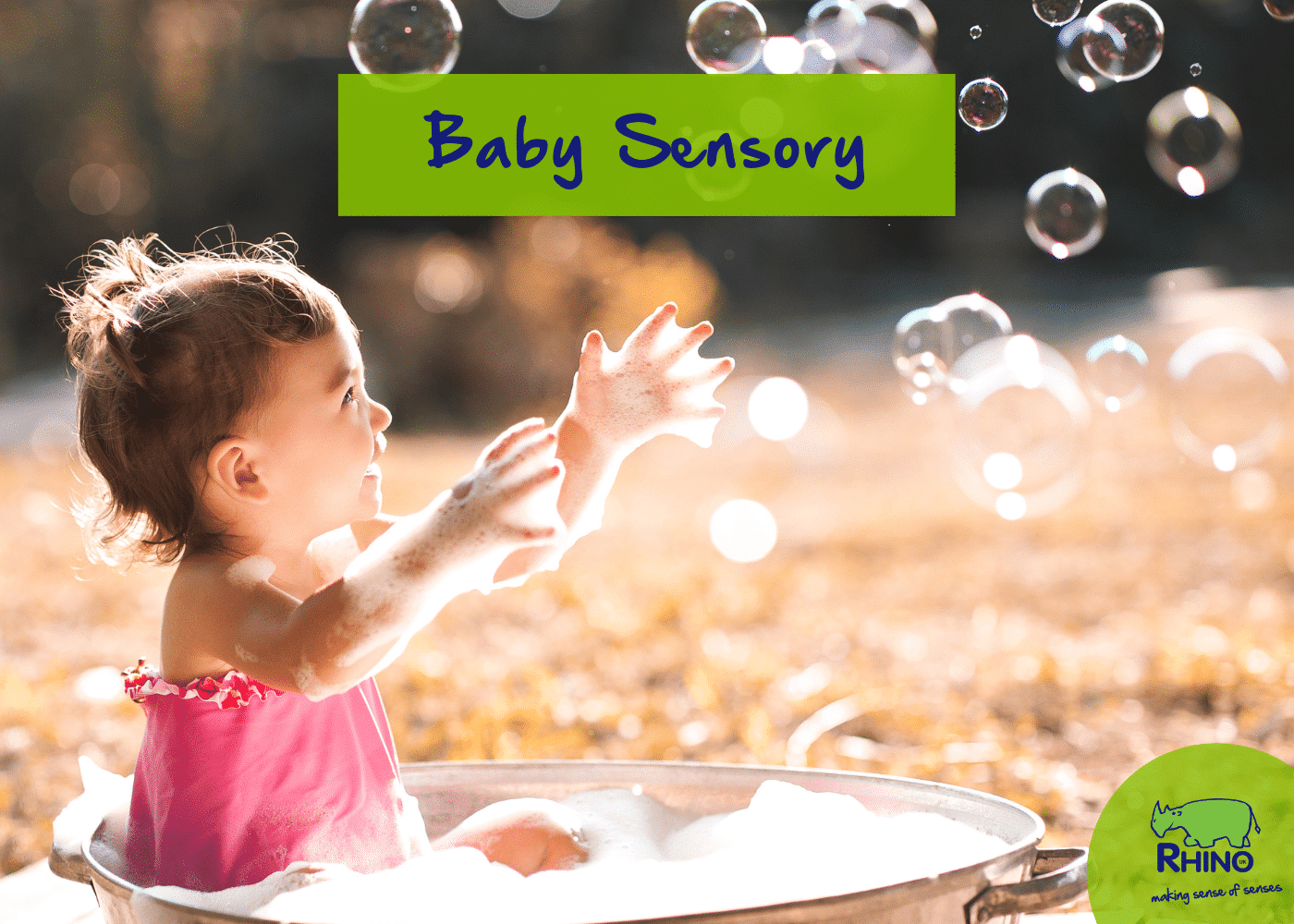In a recent study, following multi-sensory therapies and resources, 74% of people with dementia improved their motor performance, whilst a further 63% improved their cognitive tasks and their ability to remember, problem solve and judge what to do in everyday activities.
Traditionally multi-sensory environments have been seen as beneficial to younger children or those with physical or learning disabilities. Although research has proved otherwise! Everyone needs sensory stimulation to comprehend the world around them. Multisensory equipment can be as beneficial to the elderly as it is to the young – using the right sensory equipment in the right environment enables any age group to benefit from sensory therapy.
Direct benefits for people with dementia after sensory room sessions:
- Enhances a user’s feeling of comfort and well-being
- Relieves stress and pain
- Increase attention to surroundings
- Improves communication and memory
- Positive mood and behaviour changes
Multi-sensory rooms, sometimes known as Snoezelen rooms, consist of a variety of equipment to give sensory experiences for the senses (sight, sound, touch, taste, smell and movement) in a controlled environment.
For a multi-sensory environment to be successful in a care home for those with dementia, it is essential that the design and functioning of the multi-sensory environment is appropriate and how aspects such as lighting, materials, furniture and sound work together to produce an area that people with dementia will have a positive experience. Suggested considerations:
- Ensure the equipment and room design is age-appropriate – integrate day to day furniture and wall coverings within the room.
- Use age-appropriate imagery and colours – use of reminiscence imagery and mature colours.
- A clear free space – no distracting clutter.
- Variety of sensory experiences to include all senses – add tactile cushions and soft music.
Research and detailed studies were carried out by the University of Southampton and Kingston by academics Dr Anke Jacob and Dr Lesley Collier to prove the benefits of a multi-sensory environment for those with dementia. As a result, they have unveiled a guide for care homes, ‘How To Make A Sensory Room For People Living With Dementia. The guide is an excellent resource that advises what should or shouldn’t be included in a sensory room for dementia patients and can be downloaded free of charge from www.kingston.ac.uk/sensoryroom.
Contact Rhino UK for your multi-sensory environment design consultation
Discover our Sensory Experts recommended sensory and reminiscence resources for people with Dementia.



